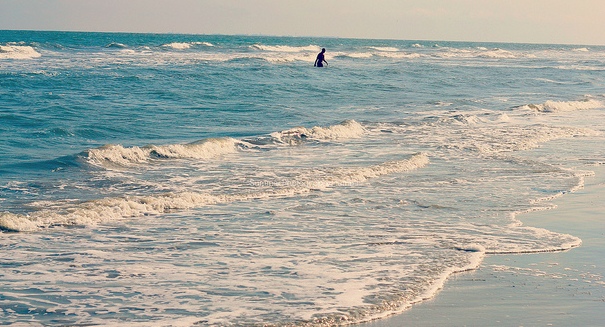
Water mixing driven by swimming marine animals could generate enough current to affect the temperature regulation of the oceans.
Plankton and many other small marine species are generally thought of as drifting helplessly through the oceans, but in reality they move up and down through layers of ocean water on a constant basis. New research shows that this movement may contribute to the large scale mixing of the world’s oceans.
In a 2009 study, John Dabiri showed that jellyfish can actually bring water with them as they move through different layers of the ocean. If it happens with jellyfish then it could also happen with all moving marine species in theory, the study says.
In their latest research, Dabiri and Monica Wilhelmus, claim that the effect is even seen with animals as small as krill and plankton.
To test their theory, the researchers used brine shrimp, which are similar in size to krill and easier to keep in a lab. Brine shrimp, more commonly known as sea monkeys, are also extremely attracted to light.
After seeding the water with hollow glass spheres, a laser was shined on the water surface. All of the brine shrimp would swim toward the light, and the current they left behind could be clearly seen in the movement of the floating glass bubbles.
The swirling patterns of water carried along by the animals were much larger than the bodies of the animals themselves.
Wind and tides create currents that move nutrients, salt, and heat around the oceans, helping to determine the earth’s temperature. Dabiri and some others believe that this kind of collective animal motion through the water could play just as big a role in creating these currents as the wind or tides do.
Many others, however, doubt the ability of these results to scale up from laboratory conditions to the real ocean. After all, it is a very big ocean, and the creatures in it make up a very small part of its volume.
A study undertaken by Christian Noss showed that the stratification of different water temperatures in the oceans limited the effects of this animal driven movement.
If Dabiri and Wilhelmus are right however, they believe that animal driven currents could alter the outcomes of some climate change models by improving the accuracy of predictions for ocean temperatures.
Leave a Reply